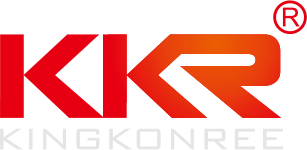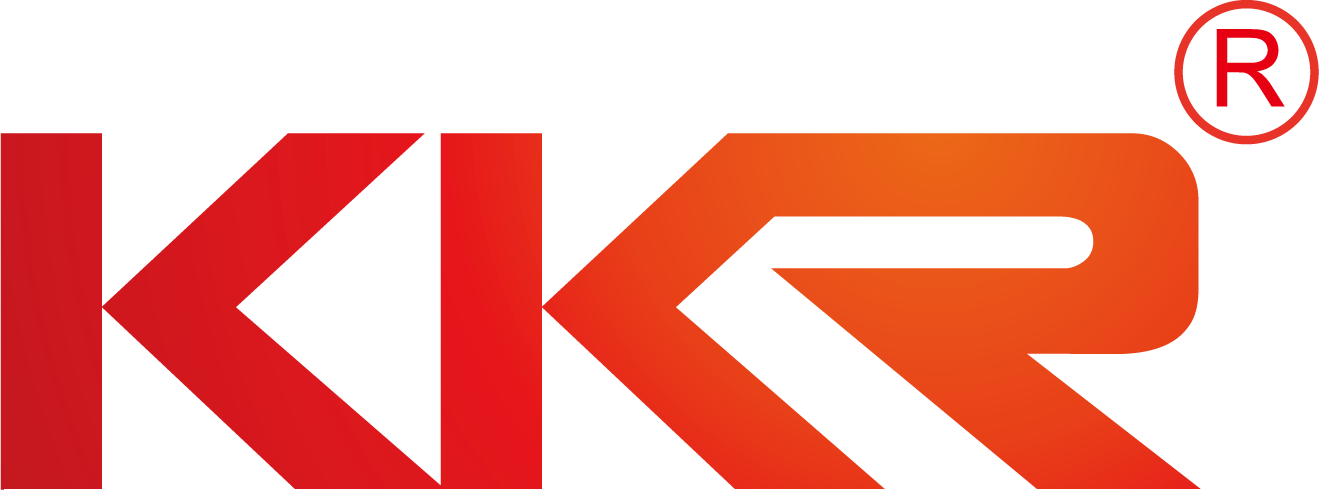For more than two years the Design Lighting Consortium
The DLC states on their website:
In numerous rebate programs in New York, Connecticut and the Northeast, LED lighting products do not qualify for energy reduction rebates unless they appear on the QPL.
To the best of my knowledge the DLC is not an accreditation agency, nor is it recognized by the solid state lighting (SSL) industry as an authoritative source of information, and is not empowered to establish standards on the behalf of the SSL industry or the consumer. Furthermore the DLC is not a recognized testing authority for the SSL industry and/or it's products. In fact, the DLC performs zero testing of the products listed on the QPL.
This is disconcerting to me because the DLC is an organization formed and controlled by public utilities to benefit their own financial interests. It operates within the Northeast Energy Efficiency Partnerships (NEEP). It is clearly not in the best interest of the public utility companies to reduce power consumption as it is their primary revenue generator.
In my opinion the DLC fails to clearly disclose material facts about their organization, it's formation and how it internally creates it QPL. It promotes a false impression that others now mistakenly rely on which influences those empowered to distribute public funds for energy reduction projects and thereby directly causes interference in the promotion of true energy saving technologies.
How can commercial businesses expect to acquire these public funds as an incentive to substantially reduce power consumption if the managing organization of the QPL is the same organization that will substantially lose annual capital from the energy reduction.
I think most individuals will agree that utility companies do not really want a dramatic reduction in power consumption. Loss of profits for any business is not a good thing and most companies will do everything within their power to prevent losses and continue to make the largest profit possible.
Methodology for Evaluating LED Linear Tube Lighting
An excellent example of the apparent discrimination is evident with LED linear tube lighting. The DLC's specifications for linear replacement lamps were developed internally by it's member utility companies. In fact, the current specifications appear to be formulated to specifically deny any linear LED retrofit lamps currently on the market today from qualifying for the QPL.
First, in a closer examination of the criteria and the method of comparing linear LED lamps to existing fluorescent technologies, the DLC states that it has utilized in the development of it's linear LED replacement lamp specification we found them to be inconsistent with numerous DOE and other nationally recognized SSL industry publications.
The DLC currently requires a minimum light output measured in lumens for inclusion on the QPL. Technically speaking, the lumen is a standard unit that measures the total perceived power of a light source. In practice, lighting professionals, purchasers, and users often refer casually to a fixture's 'brightness.' This is not only inaccurate, but it can be misleading, especially where LED lighting fixtures are concerned.
For a number of reasons, lumen output is not the best measurement of an LED lighting fixture's capabilities. In fact, evaluating an LED lighting fixture solely or primarily on the basis of its lumen output can underestimate or otherwise give a distorted picture of the fixture's performance and suitability for a given task or application.
Instead of lumen output, the best and most relevant measurement for evaluating LED lighting fixtures and for making accurate comparisons with conventional lighting fixtures is delivered light.
The formal term for measurements of delivered light is illuminance. Roughly speaking, illuminance is the intensity of light falling on a surface area. If the area is measured in square feet, the unit of illuminance is footcandles (fc). If measured in square meters, the unit of illuminance is lux (lx).
Delivered light describes how much useful light a lighting fixture can deliver to a task area. Useful light is the portion of a lighting fixture's light output that is effectively directed to a task area, discounting any wasted light. The task area can be any space or surface that requires illumination - an entrance hallway, a common office space with desktop computers, a kitchen countertop. Light can be wasted in a number of ways: It can be partially blocked or dispersed within the fixture housing, it can be emitted in a direction away from the task area, or it can be lost through filtering, lensing, fixture positioning, or any of a number of other factors relevant to a specific installation.
The Trouble with Lumens
The way that lumen output is traditionally measured, reported, and interpreted poses a number of potential problems for evaluating and comparing LED lighting fixtures.
Since complete and accurate definitions of lumens and related photometric terms can be technical and complex, they are often misunderstood. Without a good understanding of these terms, however, the unique properties of LED lighting sources cannot be clearly grasped.
Lumens are an imperfect measurement of the perceived intensity of light sources, with known shortcomings. The specific spectral properties of LED light sources exaggerate these shortcomings, especially toward the blue end of the spectrum.
LED lighting fixtures and conventional lighting fixtures are tested differently, and therefore some photometric data is reported differently. These differences must be taken into consideration in order to accurately compare conventional lighting fixtures and LED lighting fixtures.
Because LED lighting is fundamentally directional and natively create white and colored light without filtering or additional lensing and shading, LED lighting typically waste much less light then their conventional counterparts, and deliver more of their total light output to a task or target area.
An LED lighting fixture with lower rated lumens, therefore, may deliver the same or more useful light in a specific application than a comparable conventional lighting fixture with a higher rated lumen output.
Second, the DLC set it's specifications for the minimum light output for a four foot (4') LED tube light at 2,200 lumens in a bare lamp configuration. Of the over one hundred linear replacement lamps available on the market today, only one manufacturer qualified. During a more detailed review of the tube and components utilized within, reviewers found the reported lumen output to be questionable.
For this reason a third party submitted this QPL approved lamp for testing to Lighting Sciences Inc., UL Verification Services. When the results from the testing report were reviewed, this lamp did not appear to meet the required 2,200 lumens either. It is unclear to me how this approved lamp appears on the QPL. Since the DLC does not perform it's own certified testing, it is possible that the the reported results were misinterpreted or in error. The third party has submitted the independent testing report to the DLC and are awaiting an answer regarding the discrepancy.
Furthermore, I am not sure why the program administrators have the ability to dictate what light levels a business or property owner is required to use for a particular application. With the wide variety of current applications such as computer labs and offices, very often the lamp needed to produce the 2,200 lumens required for inclusion to the QPL is far too much light for a given task area. This required high light level will exclude many businesses from ever being able to take advantage of the current rebate programs.
If the LED linear tube light complies with the IES recognized lighting level standards, is UL listed for safety and provides the light level specified for the application while reducing energy consumption by 50% or more (far greater than fluorescent tubes), why then should it not be considered for inclusion on the QPL. My understanding of the energy rebate programs was that it was to serve as an incentive for businesses and property owners to reduce energy consumption within their building or facility. The way the program is currently structured, the business or property owner would have to use a much brighter LED tube light than needed if it wants to qualify for the current rebate programs.
This lack of approved LED linear replacement lamps on the QPL is confusing to me when there are numerous, quality LED linear replacement lamps that can reduce energy consumption by 50-70% (far greater than fluorescent lamps) and are being implemented across the country everyday. You only have to read LED lighting news for a few minutes to read about numerous commercial businesses that have replaced their inefficient fluorescent tube lighting with LED tubes and achieved a substantial reduction in power consumption as well a significant financial benefit.
Inefficient fluorescent tubes represent a huge percentage of the lighting in large commercial buildings in all major cities. I truly believe that if the rebates that were supposed to be available as incentives to assist companies with their efficiency programs were obtainable for LED linear tube replacements many more companies would adopt this energy efficient LED technology. Note: All energy customers pay into this public fund via the System Benefit Charge (SBC) for energy reduction on their monthly bill and should be able to take advantage of the rebate programs if they significantly reduce the power consumption at their facility.
In a recent draft from the DLC released on 9/18/2012, it states in regards to retrofit kits 'While the DLC proposes to consider changes to the light output and distribution requirements to the fully-integrated luminaires, it does not propose changes to these requirements for retrofit kits. This is done with the belief that retrofit kits are, by nature, designed to go into existing housings, using an existing lighting design. Therefore, there is a belief that retrofit kit performance should continue to use the existing benchmarking of incumbent technologies.'
This is concerning to me because experts in the SSL industry agree that the current methodology used to evaluate incumbent technologies is not an accurate way to measure the delivered light of new directional LED lighting. This inaccuracy inhibits LED linear tube lights from being evaluated properly. The DLC should evaluate products using a method that is fair and accurate for the LED lighting not incumbent technologies (designed for fluorescent lamps. The comparison is simply not the same.
The denial of LED replacement tubes from the QPL is only hindering the much needed power reduction that all commercial businesses are faced with due to the continued pressure from from mandated reduction programs being implemented in an effort to be more oil independent and be a greener nation. Unless the methods and specifications are challenged, it is doubtful that the utility companies will voluntarily include the LED linear tube products that deserve a place on the QPL. I strongly encourage all property owners, facility managers and business owners to demand a more detailed explanation of the current measures and reasons for the exclusion of LED replacement lamps from the QPL. The rules and methods for evaluation are not likely to change without a collaborative effort among industry experts, manufacturers, distributors and end users.
Quick Links
KingKonree Products
Company Info
Address:Room No. 2408-2508, Building 5A, Longguang Jiuzuan, Longhua District, Shenzhen, China
Zip Code: 518131
Tel: +86 (0)755-82875700
Fax: +86 (0)755-82875921
Email: cherry@kingkonree.com
 KingKonree -
KingKonree - 
